Categorías
- iridología (226)
- Lectura ocular (24)
- software QR (15)
- Blog (263)
- Ilustración de iridología (35)
- curso en línea de iridología (54)
- iridología (59)
- Exhibición (2)
- Noticias (411)
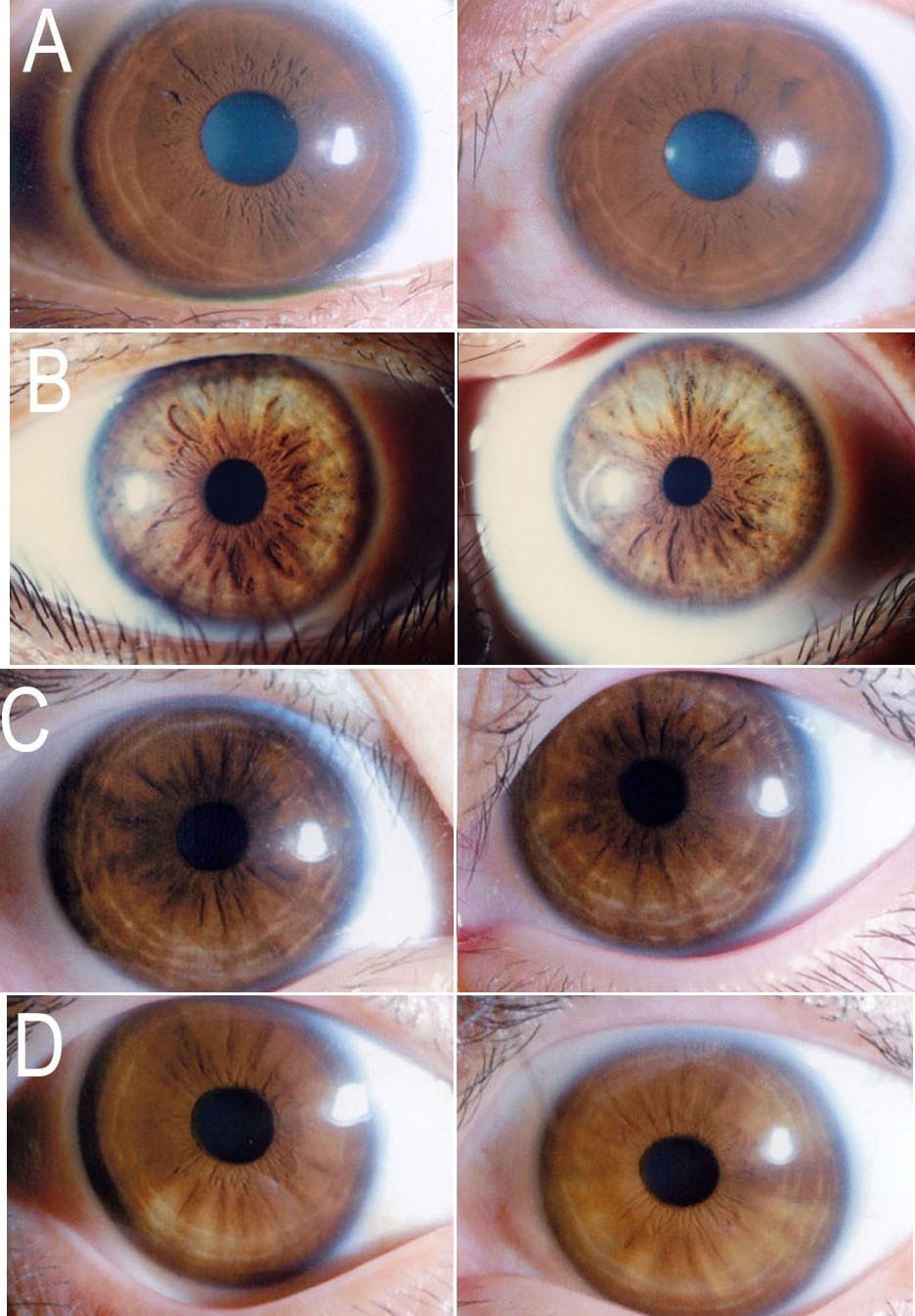


Resolution refers to the number of pixels that make up an image, typically measured in megapixels (MP). In the context of cámara de iridología technology, resolution directly impacts your ability to observe minute details in the iris that may indicate specific health conditions. Higher resolution translates to more detailed images, allowing practitioners to identify subtle changes in iris structures that might otherwise go unnoticed.
The human iris contains approximately 28,000 nerve fibers connected to various parts of the body. These connections create intricate patterns that can only be properly analyzed when captured in high resolution. When using a low-resolution cámara de iridología, crucial details such as fine radial furrows, crypts, and pigmentation changes may appear blurred or indistinct, potentially leading to missed diagnostic opportunities.
Our research at MAIKONG has determined that effective iris analysis requires a minimum resolution of 5MP, with professional applications benefiting from 12MP or higher. This ensures that even the smallest iris features—some measuring just micrometers in width—are captured with sufficient clarity for accurate interpretation.
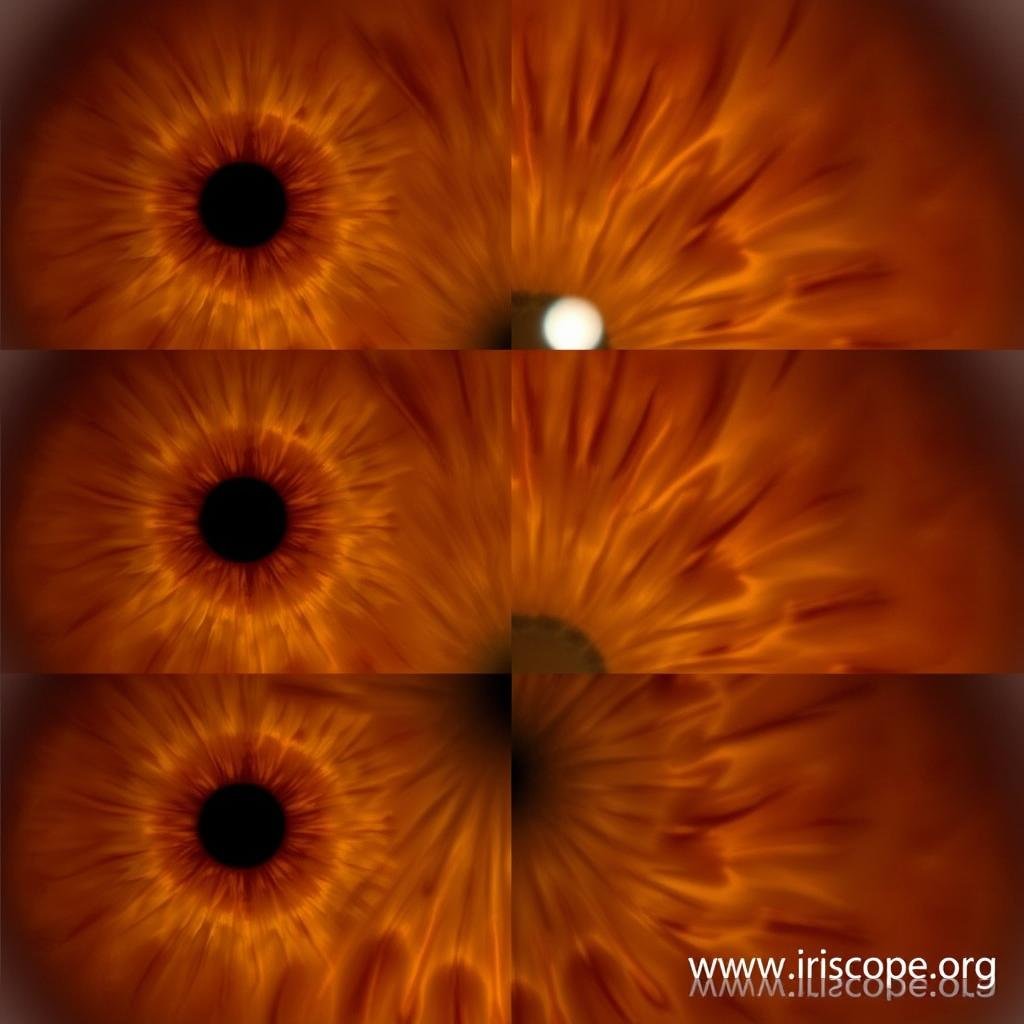
Al evaluar cámara de iridología specifications, you’ll encounter various resolution metrics. Understanding these numbers helps you select equipment that meets your clinical requirements:
| Resolution (MP) | Pixel Dimensions | Suitable For | Visible Details |
| 2-3 MP | 1600×1200 to 2048×1536 | Basic screening | Major iris zones, prominent markings |
| 5 MP | 2560×1920 | General practice | Lacunae, crypts, radial furrows |
| 8-10 MP | 3264×2448 to 3648×2736 | Advanced practice | Fine nerve fibers, subtle color variations |
| 12+ MP | 4032×3024 or higher | Clinical research, detailed analysis | Microstructures, early tissue changes |


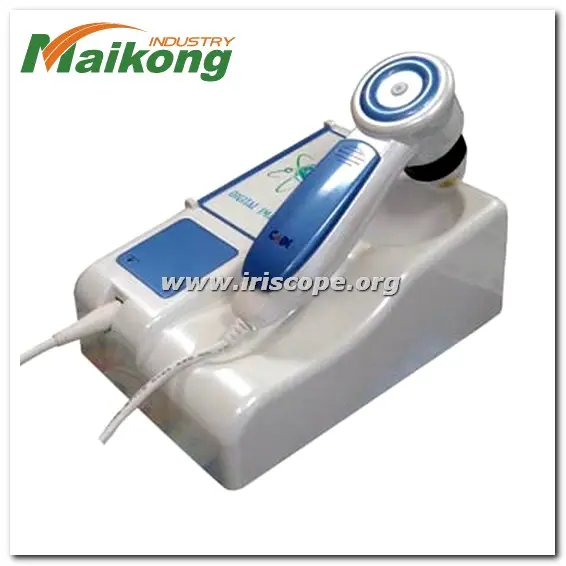





While resolution determines how many pixels comprise your image, magnification determines how large those details appear. In cámara de iridología systems, magnification is typically expressed as a ratio (e.g., 30x) indicating how much larger the iris appears compared to its actual size.
Based on our 20+ years of research at MAIKONG, we’ve determined that effective iridology requires magnification between 10x and 30x, depending on the specific structures being examined. Lower magnification (10-15x) provides a good overview of the entire iris, while higher magnification (20-30x) allows for detailed examination of specific regions.
It’s important to note that magnification works in tandem with resolution—high magnification with low resolution will simply reveal pixelated images rather than actual detail. This is why professional cámara de iridología systems balance both factors for optimal results.
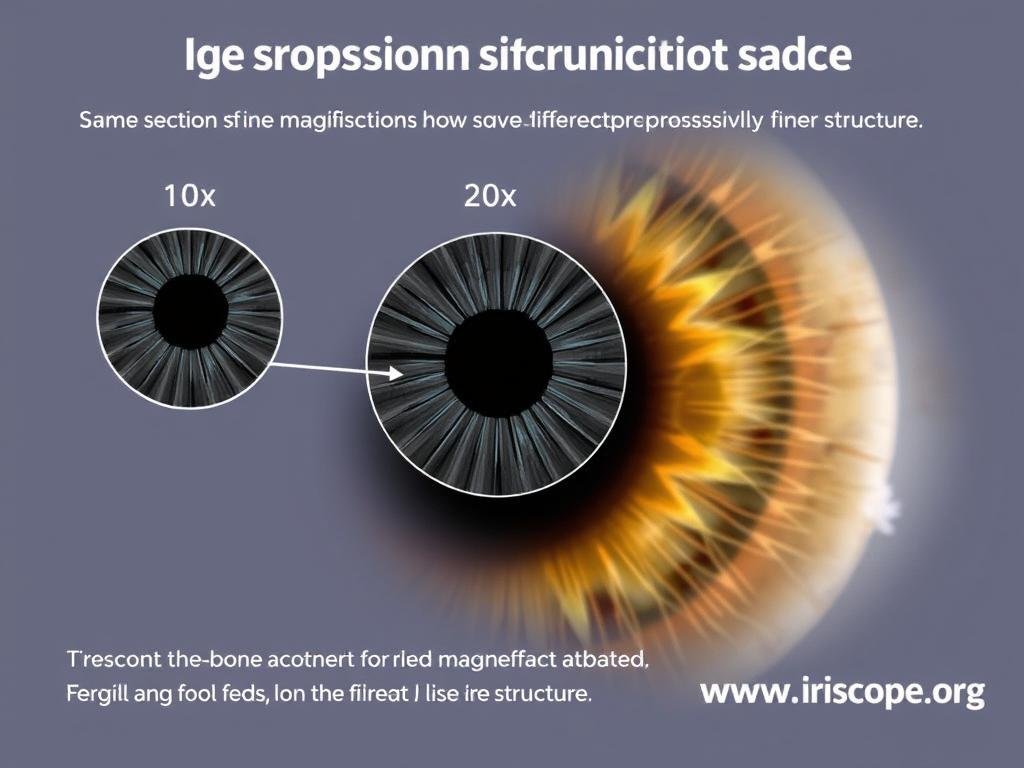
Several technical factors influence the effective magnification of an cámara de iridología:
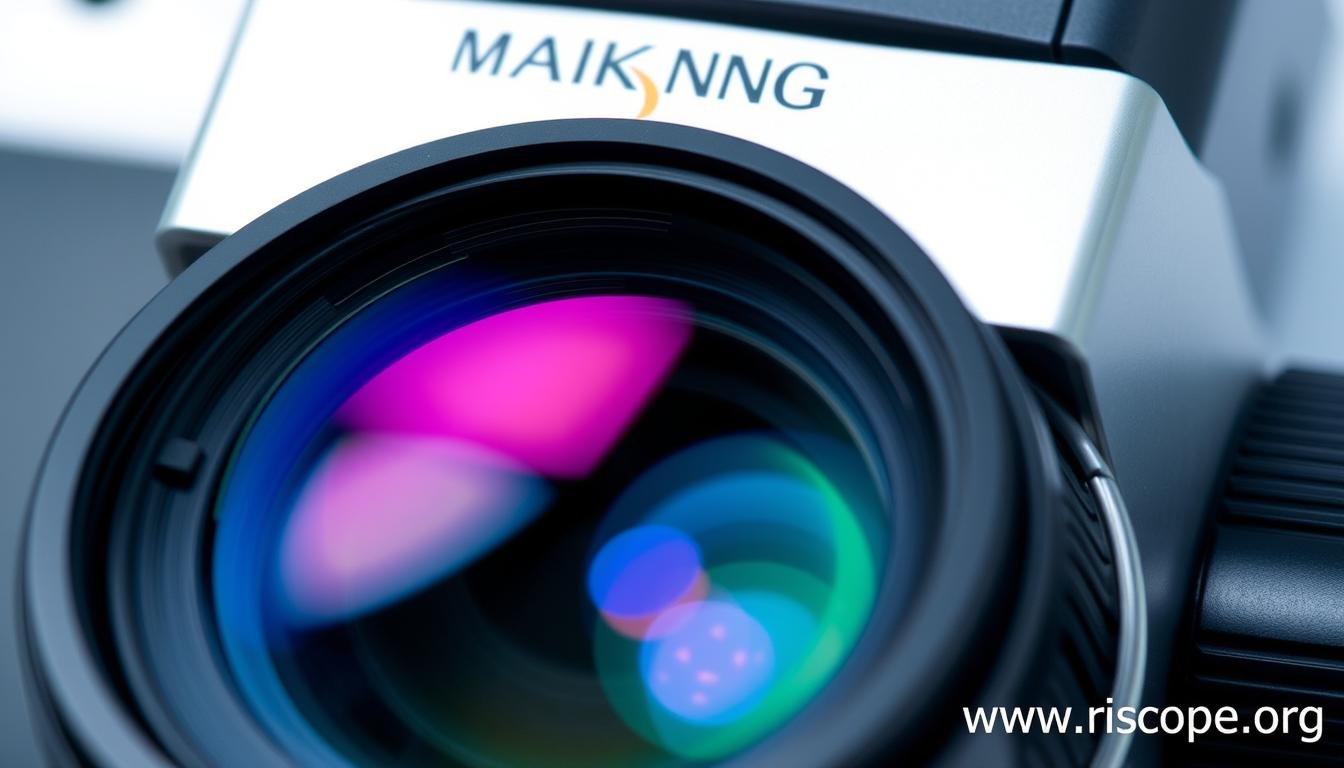
Understanding how resolution and magnification work together is essential for selecting the right cámara de iridología. These two specifications are not interchangeable but complementary—each addresses a different aspect of image quality.
A high-resolution camera without adequate magnification will capture detailed images, but the iris structures will appear too small for practical analysis. This is like having a high-resolution satellite image where you can zoom in digitally but lose clarity as you do so.
Conversely, high magnification with insufficient resolution results in enlarged but pixelated images where fine details are lost. This is similar to enlarging a low-resolution photograph—the image gets bigger but doesn’t reveal new details.
Profesional cámara de iridología systems balance both factors. MAIKONG’s research indicates that the optimal combination for clinical practice is 12MP resolution with 20-30x optical magnification, providing both detail and clarity.
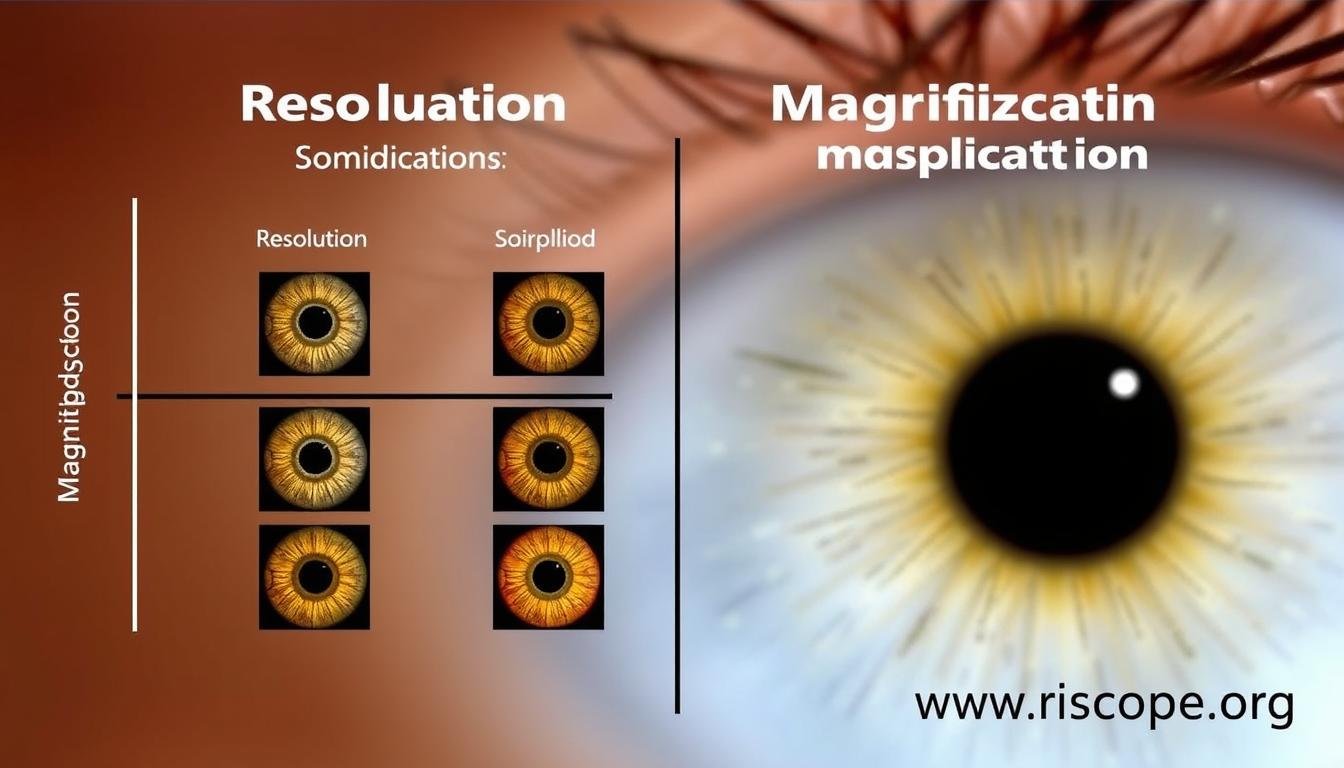
“The true power of iridology lies not just in seeing the iris, but in seeing the subtlest details that reveal the body’s condition. This requires both high resolution to capture these details and proper magnification to make them visible to the practitioner.”
The technical specifications of your cámara de iridología directly affect your diagnostic capabilities. Let’s examine specific iris signs and the minimum specifications required to observe them effectively:
| signo de iris | Minimum Resolution | Optimal Magnification | Importancia clínica |
| Lagunas | 5 MP | 15-20x | Potential organ dysfunction |
| Anillos nerviosos | 8 MP | 20-25x | Nervous system stress |
| Surcos radiales | 8 MP | 20x | Tissue integrity issues |
| Manchas de pigmento | 12 MP | 25-30x | acumulación de toxinas |
| Criptas | 12 MP | 25-30x | Inherent organ weaknesses |
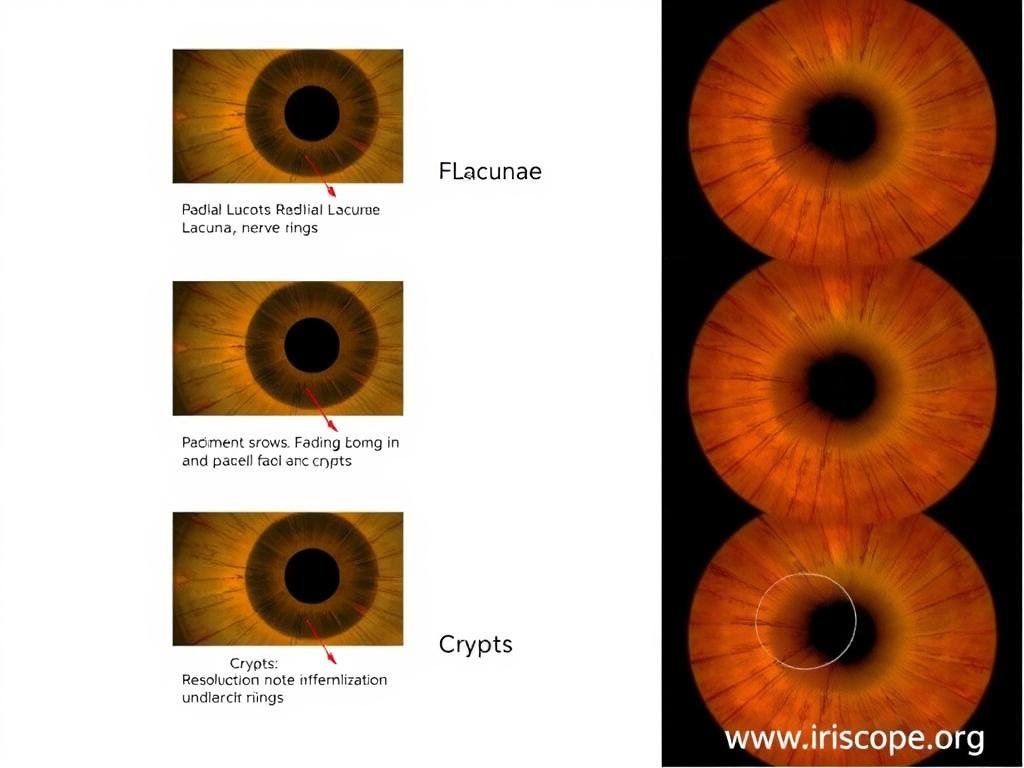
Our research team at MAIKONG conducted a study comparing the diagnostic capabilities of different cámara de iridología systems. Practitioners were asked to identify early indicators of metabolic stress in the same set of patients using cameras with varying specifications:
This study demonstrates that technical specifications aren’t merely about image quality—they directly impact clinical outcomes and diagnostic accuracy.
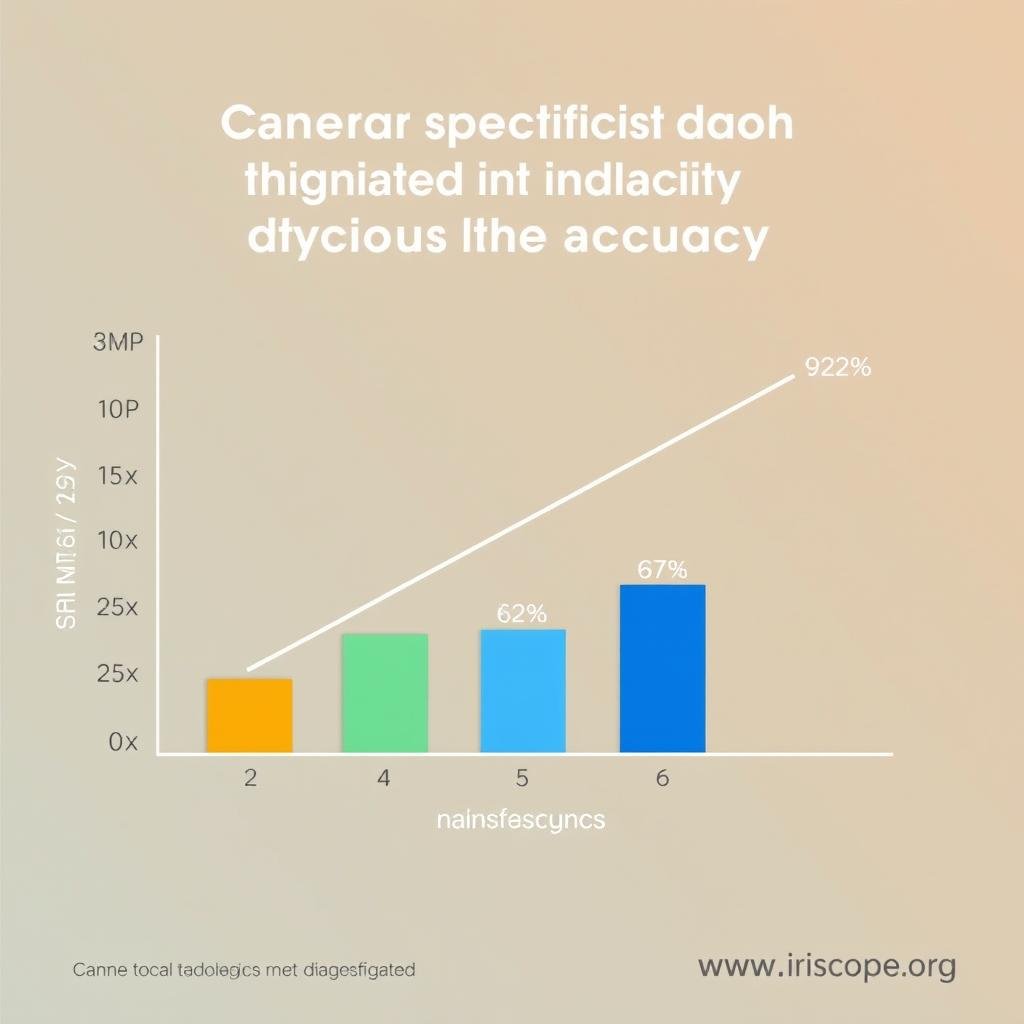
While resolution and magnification are foundational, several other technical factors influence the performance of an cámara de iridología:
Proper illumination is critical for accurate iris analysis. Advanced cámara de iridología systems feature dual-lamp control with adjustable brightness and color temperature. This allows practitioners to optimize lighting for different iris colors and structures.
MAIKONG cameras incorporate both white and warm-light LEDs positioned at optimal angles to prevent reflection while ensuring even illumination across the entire iris.
At high magnification, precise focus becomes essential. Professional cámara de iridología systems offer adjustable focus mechanisms that allow practitioners to achieve perfect clarity at various working distances.
Our research shows that multi-point focus systems provide superior results compared to fixed-focus cameras, particularly when examining patients with different eye shapes and sizes.
Moderno cámara de iridología systems include sophisticated image processing capabilities that enhance visibility of specific iris structures. Features such as contrast adjustment, color temperature filtering, and white balance optimization contribute significantly to diagnostic clarity.
MAIKONG’s proprietary image processing algorithms are specifically calibrated for iridology applications, highlighting relevant structures while reducing visual noise.
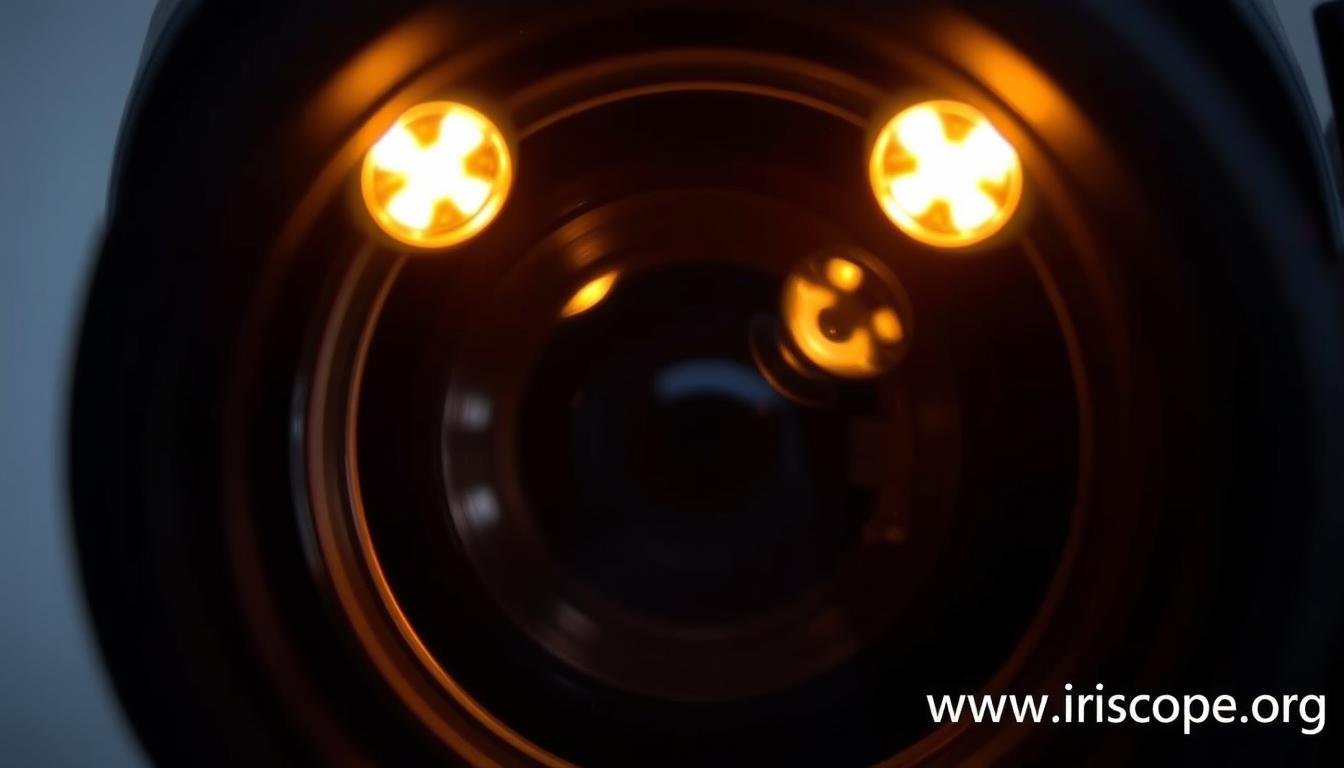
The capabilities of your cámara de iridología are further enhanced by specialized software that helps analyze and interpret iris images:

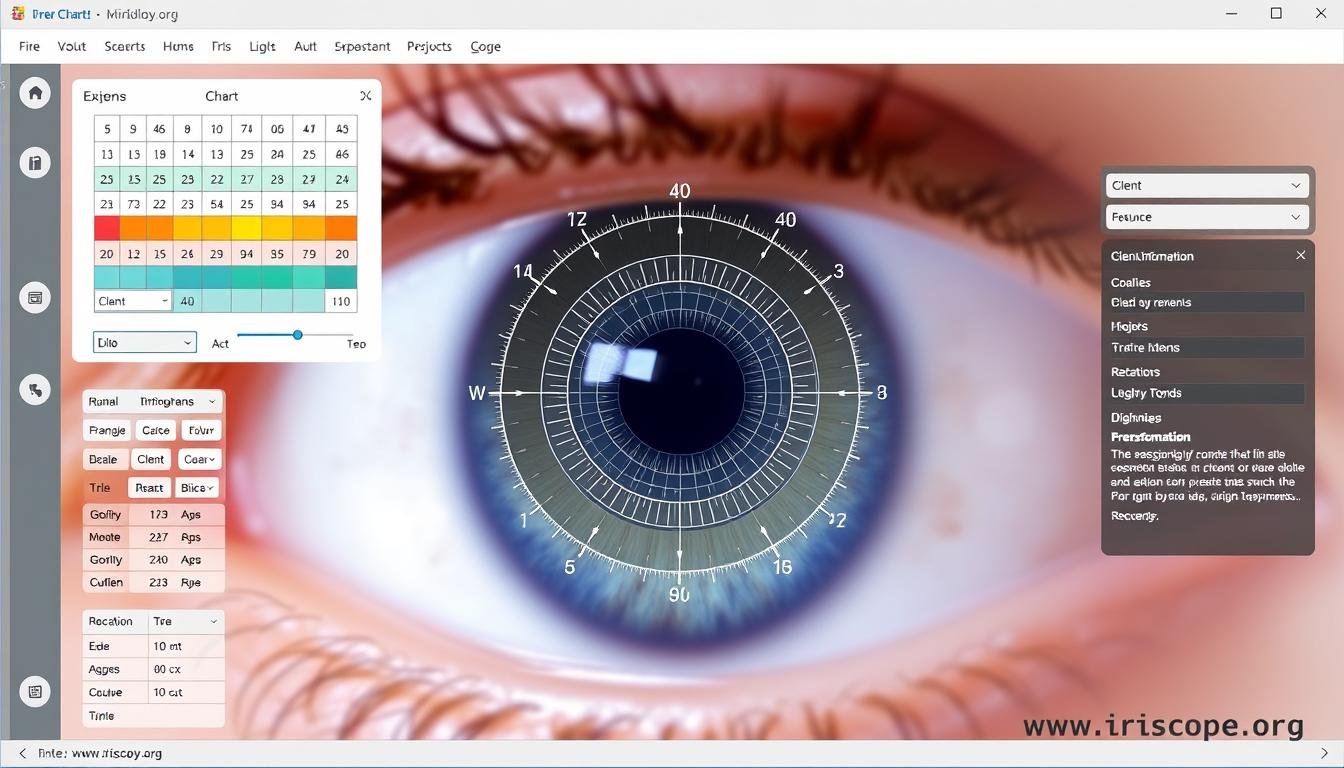
Choosing the appropriate cámara de iridología requires balancing technical specifications with practical considerations. Based on our extensive experience at MAIKONG, we recommend evaluating the following factors:

With over 20 years of experience in developing and manufacturing professional iridology equipment, MAIKONG offers personalized consultation to help you select the ideal camera system for your specific practice requirements. Our technical team can provide detailed specifications, compatibility information, and training resources.
Contact Our Specialists: +86 13 51090 74 01
Correo electrónico: Lucy@iriscope.org
As a leading manufacturer with over two decades of specialized experience, MAIKONG has pioneered numerous advancements in cámara de iridología technology. Our commitment to quality and innovation is reflected in every aspect of our products:
Our product development is guided by extensive research into the practical needs of iridology practitioners. We regularly collaborate with professional iridologists to identify opportunities for technological improvement and implement solutions that enhance diagnostic capabilities.
MAIKONG offers a complete ecosystem of iridology tools, including:
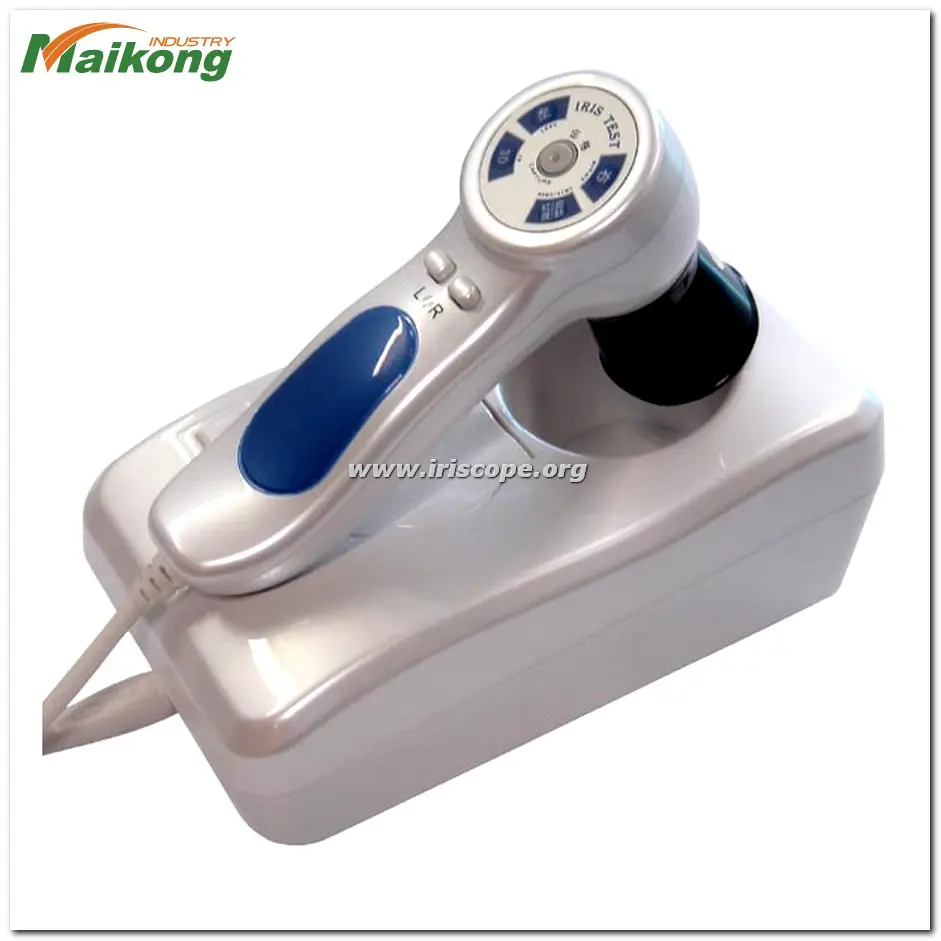
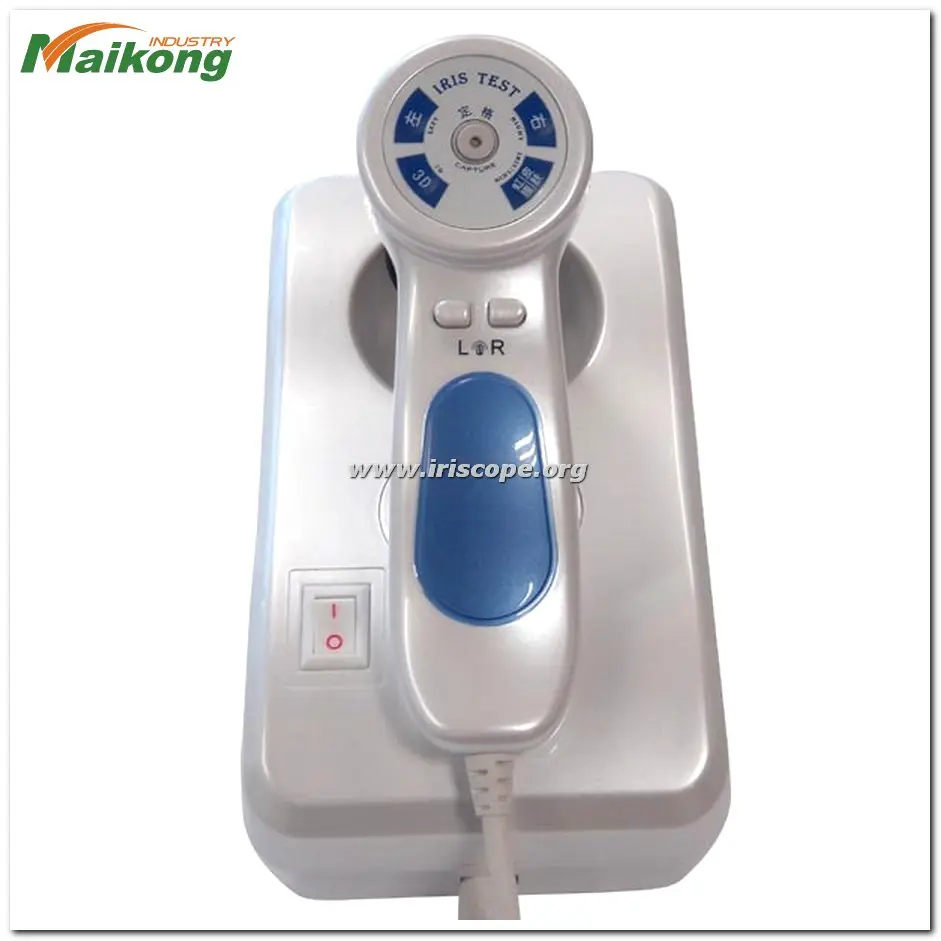



Our commitment to our customers extends beyond providing quality equipment. MAIKONG maintains a global support network to ensure that practitioners receive timely assistance with technical questions, software updates, and application guidance.
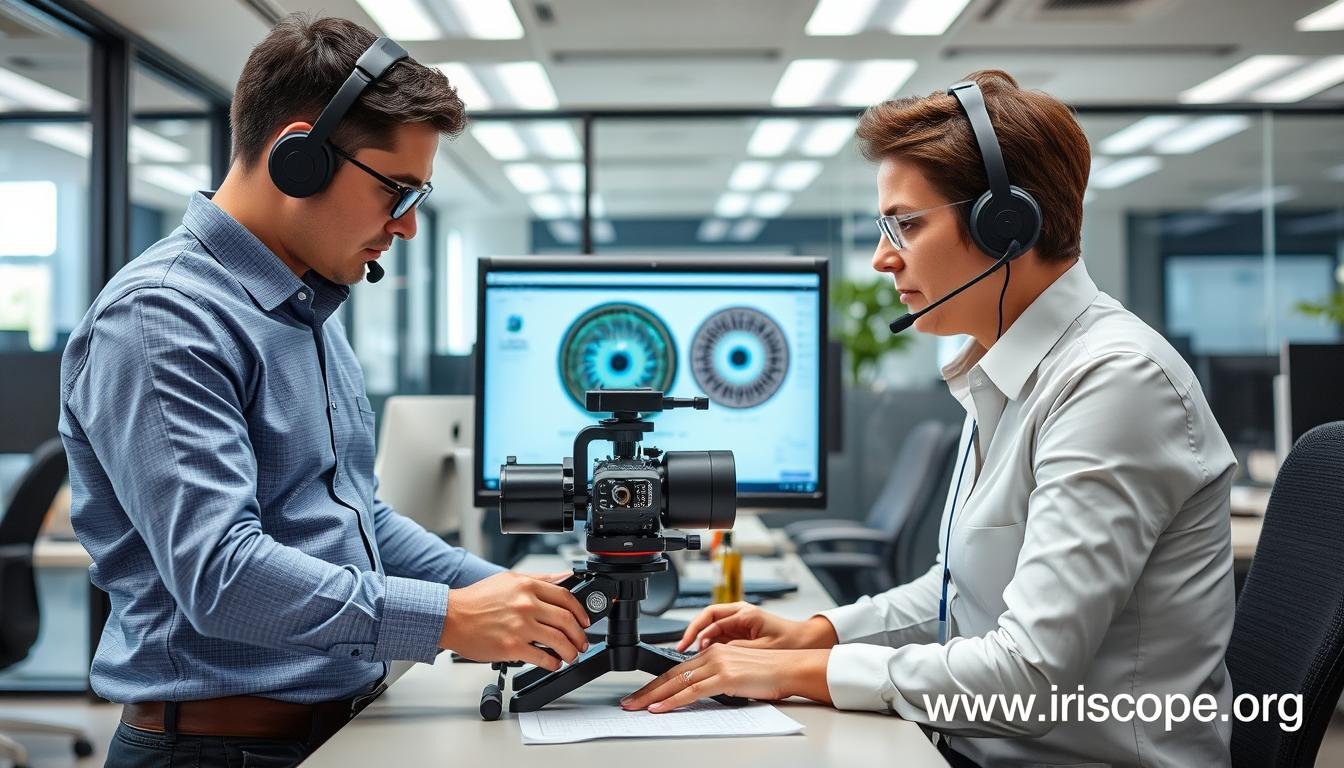
Resolution and magnification are not merely technical specifications—they are fundamental determinants of your ability to practice iridology effectively. The right cámara de iridología serves as the foundation of accurate analysis, enabling you to observe the subtle iris changes that inform your health assessments.
With MAIKONG’s 20+ years of specialized experience in developing and manufacturing professional iridology equipment, we understand the critical balance between technical excellence and practical usability. Our commitment to quality ensures that practitioners worldwide can access the tools they need to provide accurate, insightful iris analysis.
Discover our complete range of iridology equipment, including high-resolution cameras, specialized software, and comprehensive training resources. Contact us today to discuss your specific requirements and learn how our technology can enhance your practice.
SOFTWARE DE IRIDOLOGÍA MAIKONG Instalación y funcionamiento
